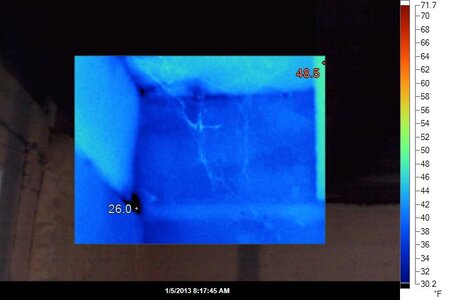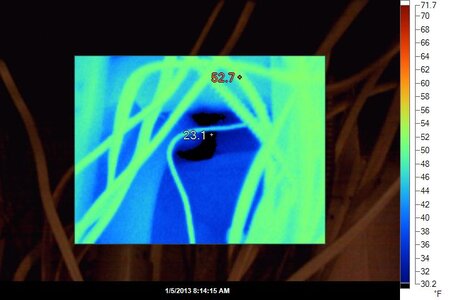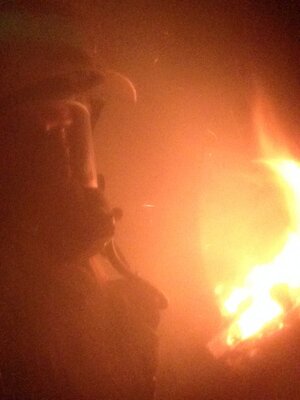Yes, It will detect the heat emitted from the pipe that transfers to and through the wall and you will see a general pattern. You have to play with the temperature range to capture differences in temperature. That can be really tricky. Sometimes you actually have to cool a surface briefly or inject a temperature for a brief time and then watch as it transitions. A pipe or hot wire in a wall is pretty straight forward but capturing the level inside a vessel can be quite challenging.
Reflective surfaces are a thermal cameras nemesis. For instance, If I placed my hand on a pane of glass, it would see the outline of my hand. If I held it with a 1/4" gap, it will likely still see it but with much less clarity. More than an inch away and you would likely see nothing.
There is a much higher chance of seeing the reflection of my own shadow reflected back from the glass, than there is of seeing my hand on the other side of the glass. It's an odd scenario and it takes some playing to wrap your head around what the camera is actually able to pick up. When dealing with shiny surfaces, you actually have to take great care to be sure the images on the screen are behind the surface and not reflected onto it.
Somewhere I have a video of us shooting a motor control center and I'm waving my hand behind the techs head, and the camera is capturing it reflected back off the shiny grey surface of the cabinet.




















